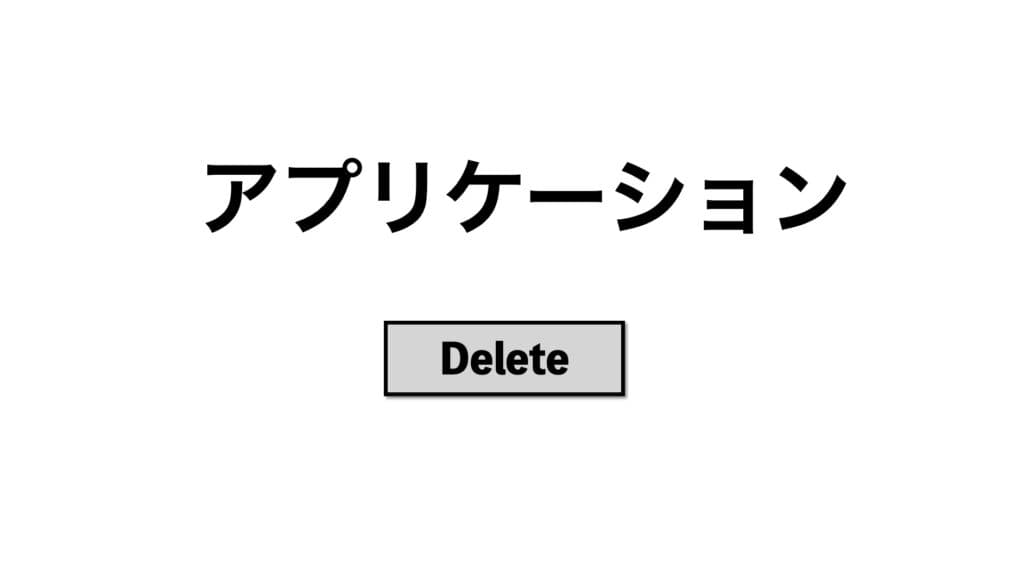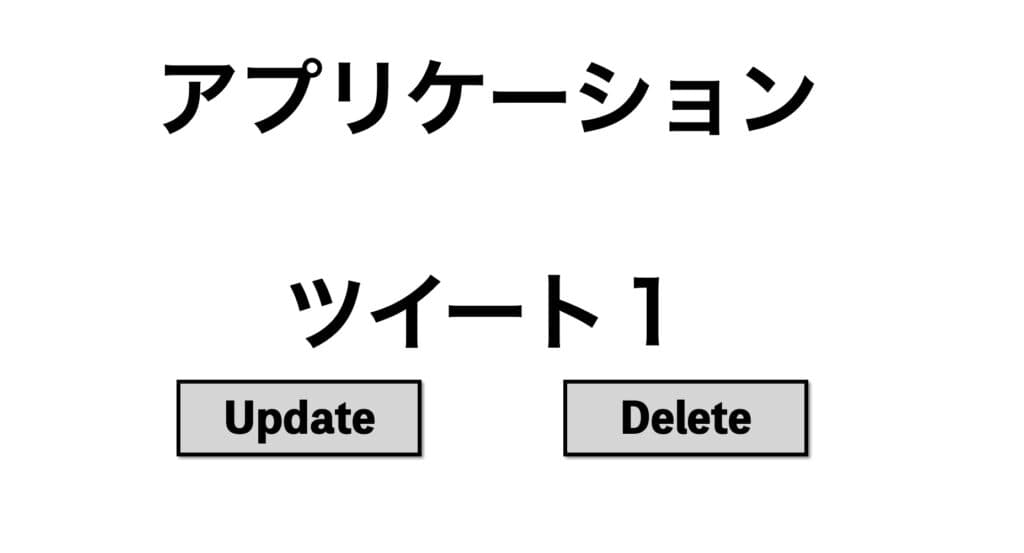What is Object-Oriented UI?

りょた
目次
What Motivated Me
#Usually when creating apps, I casually think about screen layouts and page transition flows, but at some point, I realized that my design rationale was "because this is a common design in other apps".
While it's sometimes necessary to imitate other apps, it's not good to design while completely stopping thinking. There must be some important theory, I thought, so I researched design patterns. That's where I encountered "Object-Oriented UI".
I immediately purchased a book and studied it, so I'll write this as output.
By the way, the book I'm quoting from is this:
AMAZON
オブジェクト指向UIデザイン──使いやすいソフトウェアの原理 (WEB+DB PRESS plusシリーズ)
What is Object-Oriented UI
#Let me introduce the definition of the term.
Object-Oriented UI is UI designed with objects as clues for operation. The methodology that uses objects as clues to map screens and data when determining application UI structure is Object-Oriented UI design.
(Object-Oriented UI)
When I first read this, I didn't get it (^^;
Objects are "things". However, this includes conceptual things too. For example, "users," "groups," "departments," etc.
In other words, it's "noun-centered operation design."
To understand Object-Oriented UI, it helps to think about what is NOT Object-Oriented UI. For example, if there was an app screen like this, what would you think?


"What is this Delete button?! What does it delete?"
Wouldn't you think this? This "what" part is very important. In this application's case, the "what" - the object - is decided after pressing the button. The problem with this design is that you can't imagine what happens after the operation until you press the button.
Now, what if there was this screen instead?


"I can update or delete Tweet 1, right?"
You can vaguely understand this, I think.
This is Object-Oriented UI design - choosing the object first, then choosing the operation. Personally, I thought "I see!"
Finally
#I briefly introduced Object-Oriented UI.
After learning this, instead of "because that's how it's usually done," I started designing based on Object-Oriented UI rationale. The book also has sections with UI design exercises where you can experience the process of thinking about actual application UI.
It's a book for leveling up from "someone who thinks about screens casually" to "someone who can think about UI design with methodology and follow it." It was a very readable book. If you want to know more details, please definitely pick it up (^^)
